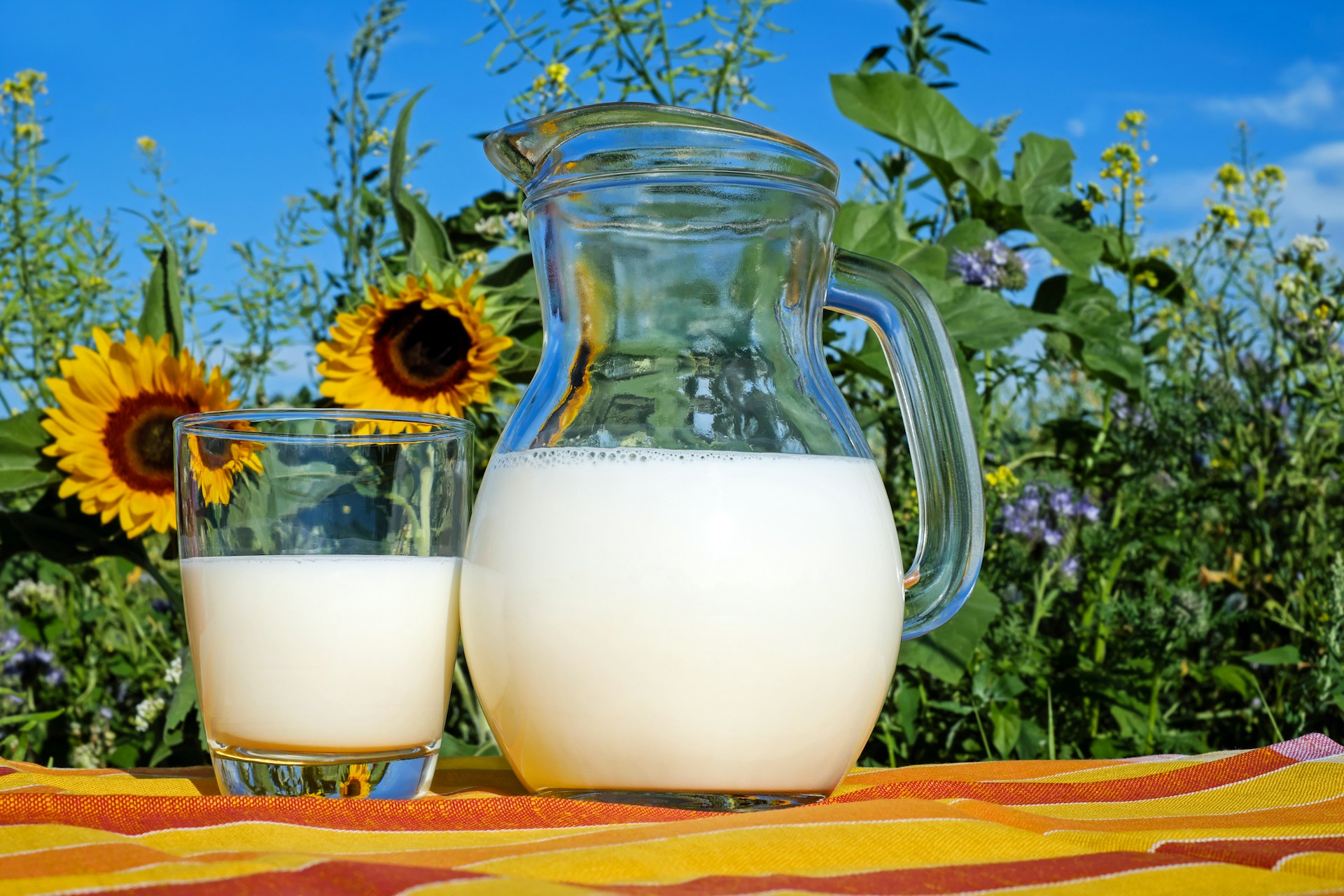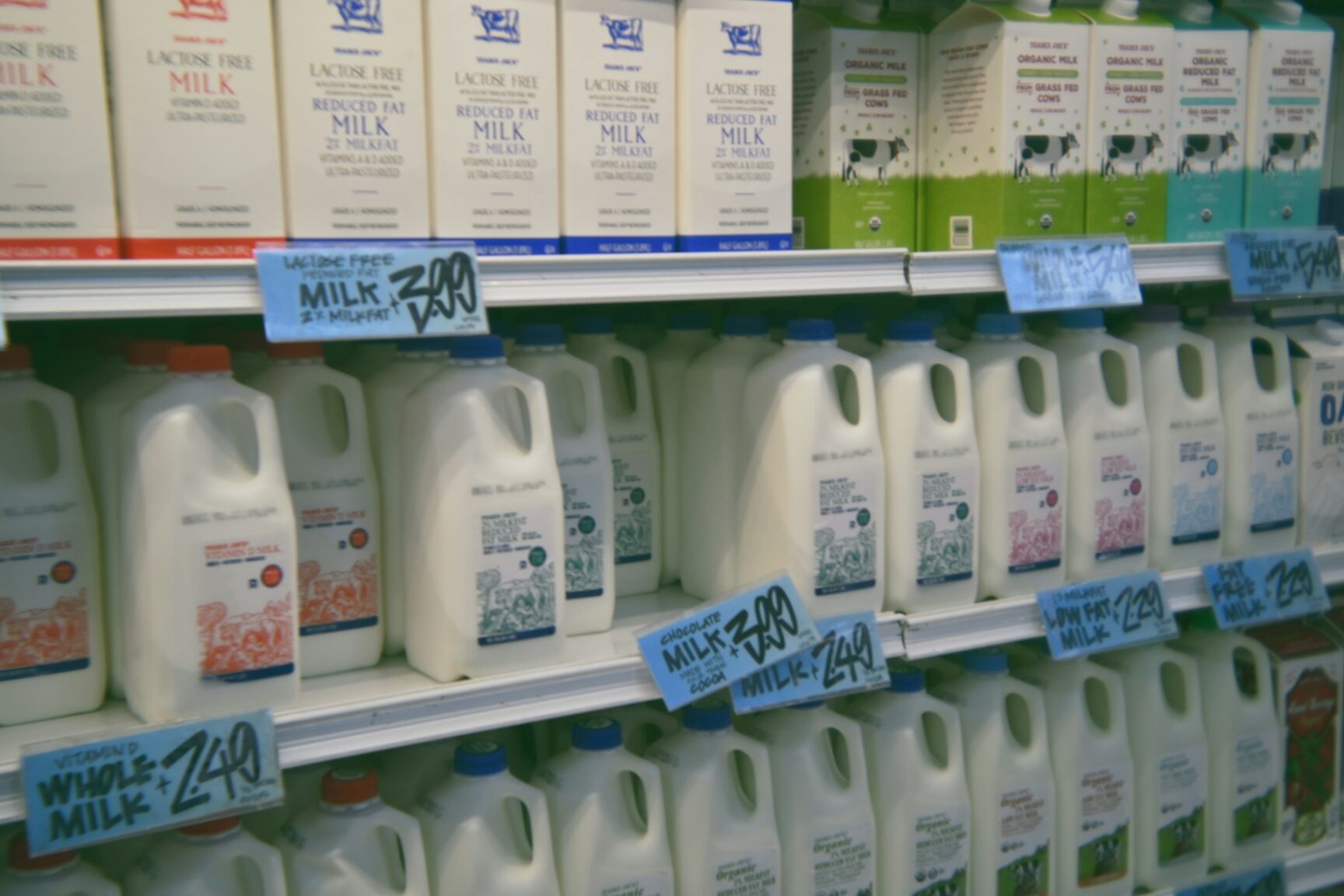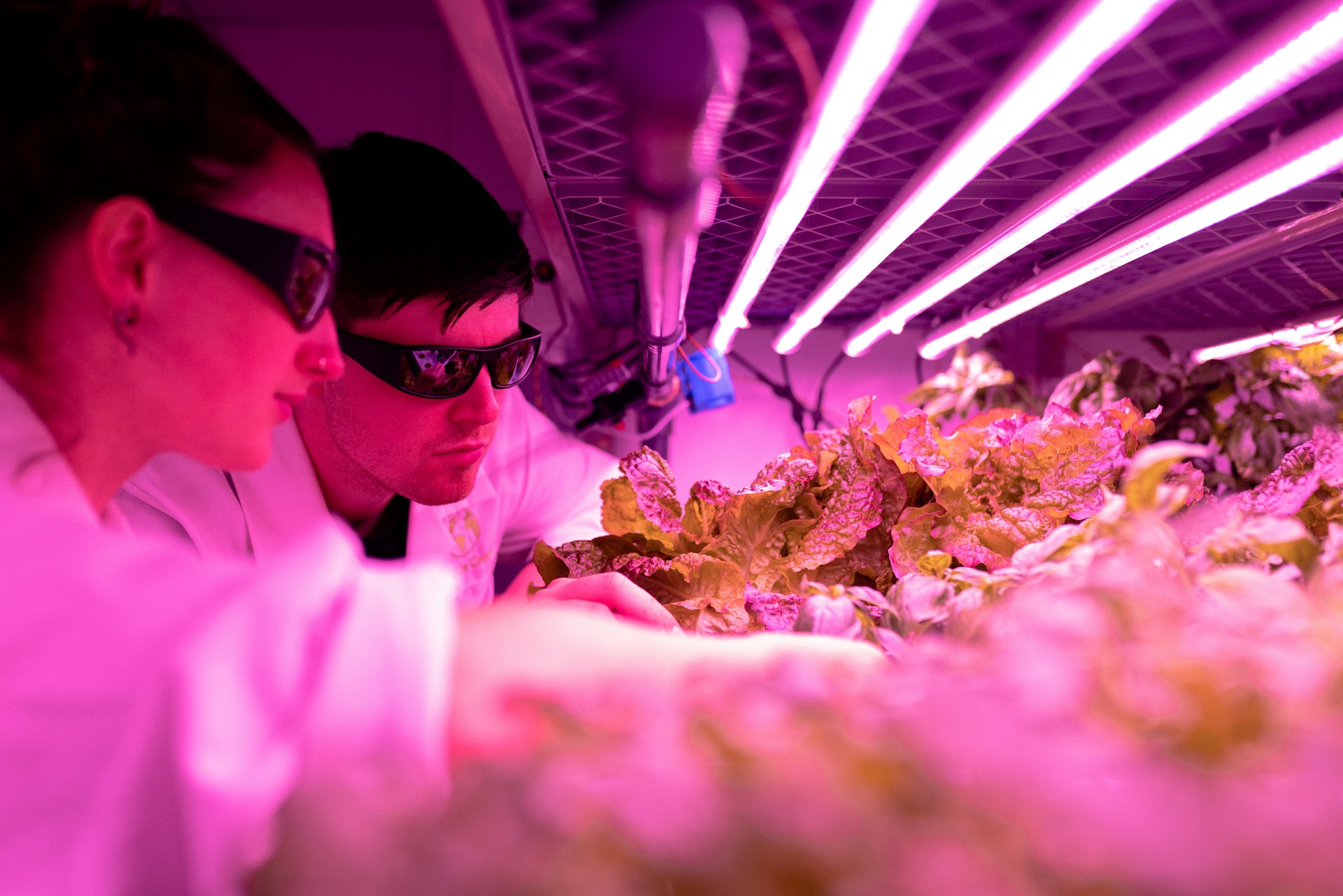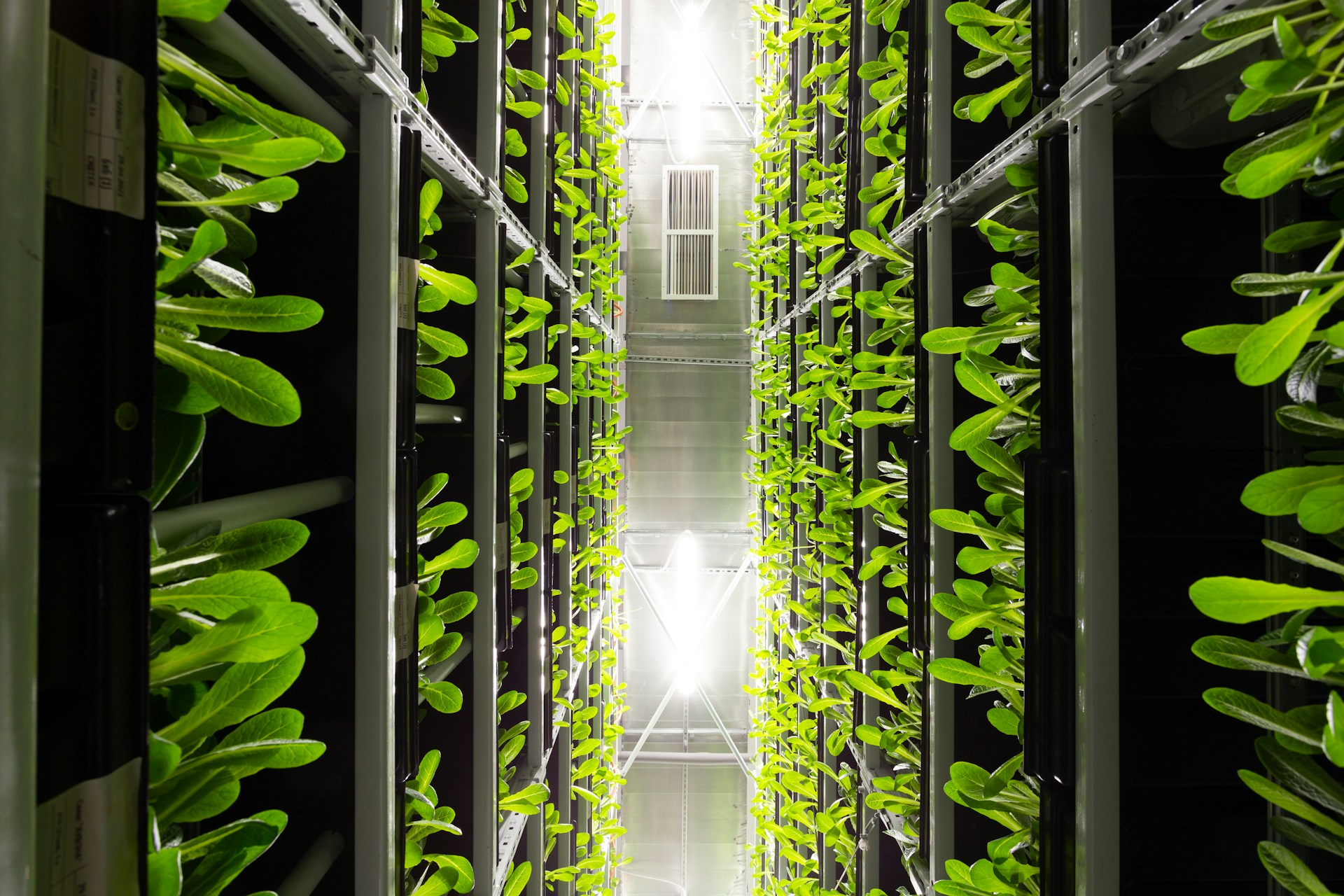
Alternatives to Pasteurizing Milk: 4 Cutting-Edge Techniques and Machines
May 1, 2025 - Emily Newton
Revolutionized is reader-supported. When you buy through links on our site, we may earn an affiliate commission. Learn more here.
Milk is vital to a lot of food staples. It could help form a roux for several dishes, be a component in the butter someone spreads on their toast or simply be a favorite morning beverage. However, it requires some processing to make it safe for human consumption. Pasteurization has been the go-to method for years, but alternatives to pasteurizing milk are entering the playing field.
What Is the Current Pasteurization Process?
When a dairy processing plant receives milk, it is considered raw milk because it has germs that need to be removed before people can safely drink it. The most common method of doing so — pasteurization — is heating it to a degree the bacteria cannot survive in.
Workers first preheat the milk to over 100° Fahrenheit, then spin it in a centrifuge so all the solids move to the outer edge for removal. The pasteurization temperature of milk is just over 161° F, and it reaches that both as the milk is being stirred again and as it passes through holding tubes. These tubes will either let the milk continue on to be cooled down or packaged or send it back if it’s below 162° F.
Why Is Pasteurizing Milk Necessary?
Pasteurization is critical for safety because raw milk can hold a lot of pathogens. Back in 2010, its consumption was linked to at least eight outbreaks of Campylobacter, Salmonella and E. coli. Eliminating these at the source helps the general population remain safe.

Some people do think raw milk is healthier because it may have some health benefits by being more natural. However, there are plenty of studies disproving this and noting how it simply ends up making people sick.
New Pasteurization Methods in the Dairy Industry
While this method has been around for a long time, there is always room for improvement. These four ideas could be the new go-to for milk processing.
1. Ultrasonic Decontamination
Using sound to clarify milk may sound like science fiction, but it is an emerging way to keep milk safe and flavorful. In this process, sound waves are used to create compression and expansion cycles. Those then create tiny bubbles that build over multiple cycles and eventually burst, which releases high temperatures that pasteurize the milk.
According to a comprehensive review, manufacturers appreciate ultrasonic decontamination because it can make the process more efficient, which reduces costs in turn. It also reduces energy use because of its productivity, making it a more environmentally friendly option for milk processing. However, some researchers do note that combining it with heat is best for safety assurance.
2. High-Pressure Processing
High-pressure processing (HPP) offers a heat-free way to sterilize foods. It is mostly used to process sealed products like juices and ready-to-eat meals, but it is also possible to utilize it to ensure milk’s safety. Plus, the heatless nature helps safeguard the texture and taste.
Researchers from Australia have created what they call the Haelen processing technique, which uses pressure to kill pathogens and help milk stay fresh longer. They say it could retain more enzymes and vitamins, as well as up its refrigerated shelf life from 14 to 60 days, which could increase access.

3. Raslysation
Other scientists have created a method called raslysation, which uses ultraviolet (UV) light for pasteurizing milk. The UV wavelengths change the DNA of the bacteria to cause cell death by adjusting their replication and metabolism. Founding company Lyras says this no-heat method has the benefit of conserving whey proteins alongside other nutrients. Some even use it to treat lactoferrin, which is a highly expensive milk protein.
It also notes raslysation can reduce a facility’s water use by up to 80% and electricity use by up to 90%. Lyras’ goal with this UV processing is to help the dairy industry use fewer resources, which assists in improving sustainability. One facility has been able to lower its power consumption by 91% and earned back what it spent on the new system in under a year. A dairy processing 40 tons of whey per hour could switch and reduce its carbon dioxide emissions by 950 tons.
4. Microfiltration
The technique of microfiltration uses membranes to catch the materials processors do not want in the final product. There are four types of filtration dairy workers use — nanofiltration, reverse osmosis, ultrafiltration, and microfiltration — but the last is the method that removes germs and spores to extend milk’s shelf life. Like the other alternatives, the benefit of this is it’s not necessary to reach the pasteurization temperature of milk to purify the liquid.
The filters have pores of .8-1.2 microns and can also extend the shelf life of milk to 60 days while using less energy. However, it is vital for those who use microfiltration to disinfect the equipment thoroughly between uses. Without doing so, microbacterium can remain in the milk and repopulate.
Are New Pasteurization Techniques Critical?
Because the dairy industry is the fifth-highest power-consuming sector worldwide and fossil fuels still meet most of its electricity needs, it is vital to find ways to reduce its use. Doing so can benefit the environment by reducing energy-related carbon dioxide emissions, which make up 15% of dairy’s pollution. In particular, because pasteurization requires heat generation, it is an ideal target for minimizing power usage.

The industry is certainly making an effort. Over the last 70 years, enterprises have reduced feed use by 77%, water use by 65% and land use by 90% per glass of milk. In addition to adopting the above methods, they could also reduce their energy consumption to create a much more eco-friendly product.
New Methods of Pasteurizing Milk Are Emerging in the Dairy Sector
Pasteurization has indelibly left its mark on food processing. It was an incredible stride in making a staple product safe and more available for a broader range of consumers. However, pasteurizing milk requires heating it to a high enough temperature, which means using a lot of electricity. Innovations are proving there may be a way to make the classic beverage shelf-stable while decreasing the dairy industry’s carbon footprint.
Revolutionized is reader-supported. When you buy through links on our site, we may earn an affiliate commission. Learn more here.
Author
Emily Newton
Emily Newton is a technology and industrial journalist and the Editor in Chief of Revolutionized. She manages the sites publishing schedule, SEO optimization and content strategy. Emily enjoys writing and researching articles about how technology is changing every industry. When she isn't working, Emily enjoys playing video games or curling up with a good book.






